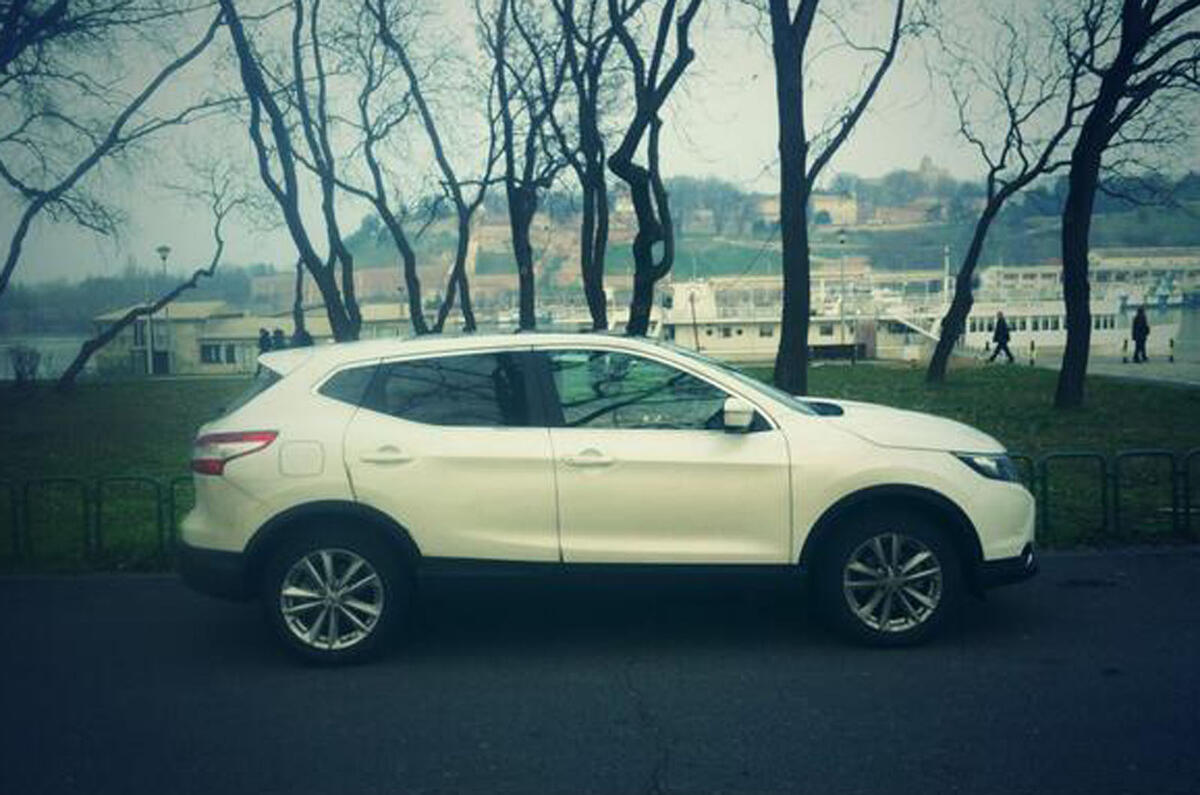Unlike the Nissan-powered racing cars that compete in the Le Mans 24 Hours, our driver change for the next stage of Autocar's endurance trip around Europe was somewhat more leisurely yesterday.
I flew into Budapest on Friday evening to take over behind the wheel for the rest of the trip, and Mark Tisshaw left for the airport early on Saturday morning. Snapper Stan Papior, consummate professional that he is, is on board for the duration of this Qashqai journey. The pair were still on speaking terms when I arrived, which bodes well for the week ahead and says a lot about the Nissan Qashqai's docility as long-distance transport.
There wasn't much time to play myself in gently, because yesterday was a long day in the saddle.
We had to put in some serious miles – at least 500 in total – in order to reach Bulgaria and ensure we were within realistic reach of Istanbul, the apex of this adventure, this morning.
I was a little sad to leave Budapest behind, because my few hours in the city suggested it is a magnificent place. Like all cities, the Hungarian capital can't escape the build-up of pollution caused by too many vehicles on its streets, but the authorities there have an interesting technique for controlling it.
If pollution levels spike above a certain level on two consecutive days, the most polluting vehicles – which have to carry special 'environmental plates' are forbidden from entering the city.
The Qashqai's satnav suggested travelling through Serbia made for the quickest route to Sofia, our halt for Saturday night. So we made quick progress south through the grey, flat expanses of Hungary to the border.
The Serbian border officials waved us through quickly (one was making a phone call, the other was about to tuck into his lunch, so we quickly realised where we were on their priority list).
Shock number one was the drop in the quality of the road surfaces, although they improved dramatically as we approached major population centres. Another surprise were the regular signs warning us of upcoming toll booths – only for us to discover that many of the booths hadn't yet been built.









Join the debate
Add your comment
Hi Marj, Thanks for your
Thanks for your comment. I though the early part of the E-75 when we crossed from Hungary to Serbia was pretty poor - lots of patched up sections that were a bit tiresome after a while. However, as we moved further down the country there was a definite improvement. Bulgaria came as a big shock, especially the first experience of Sofia in the dark and rain! Kind regards, Matt
Roads